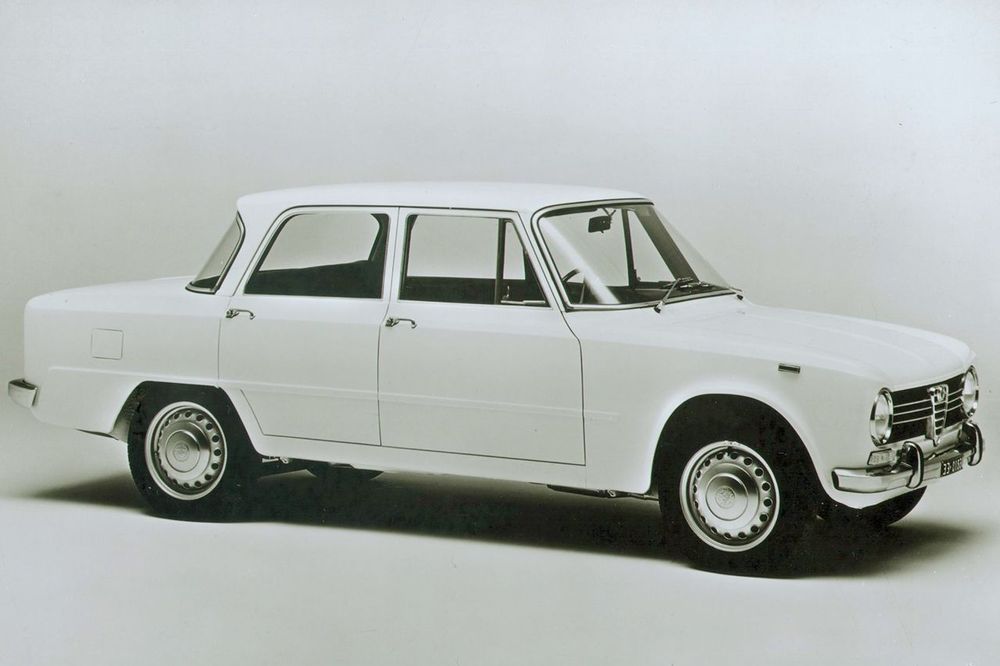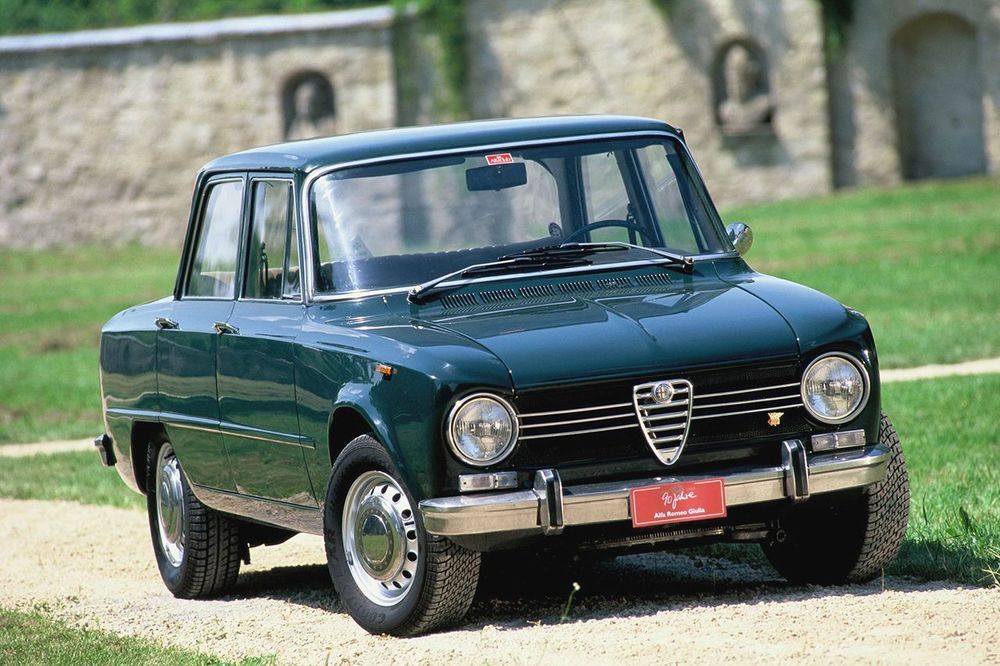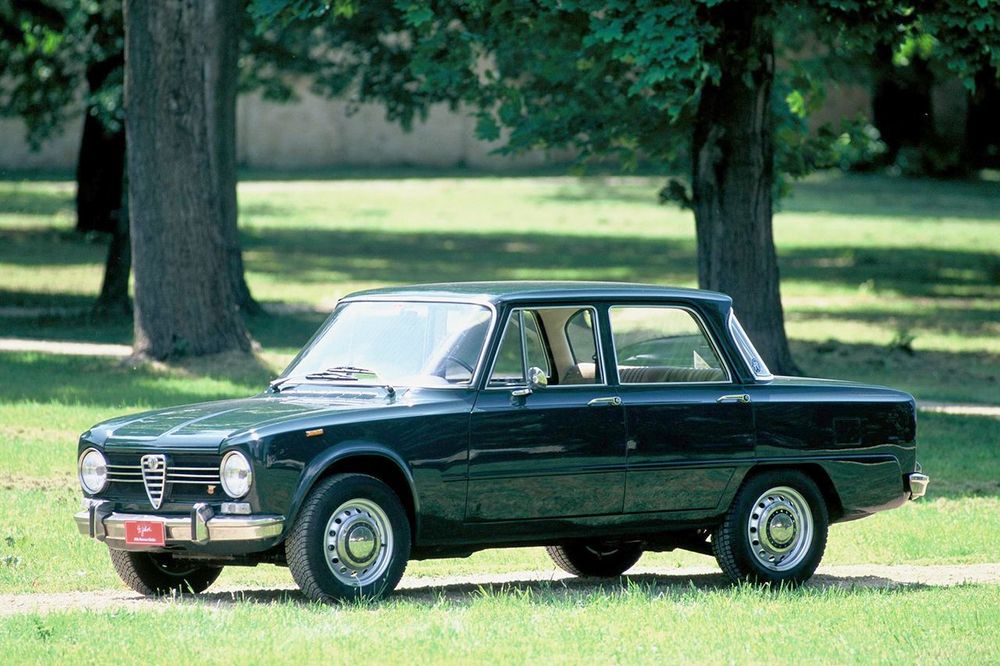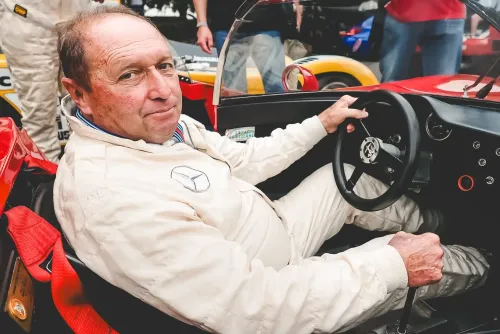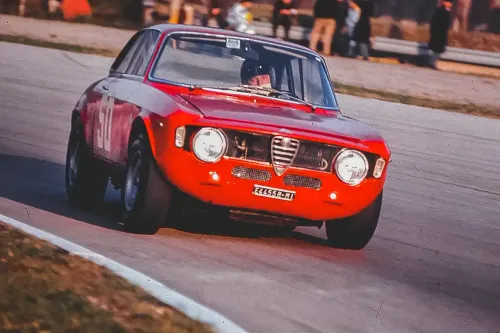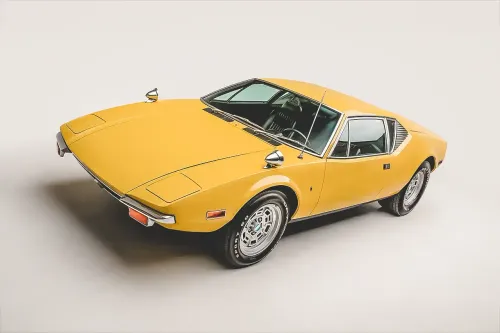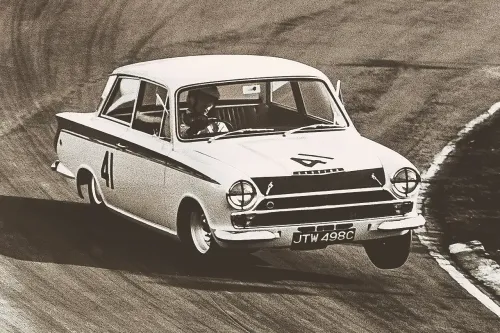Giulia, the sexygenarian!
The Giulietta, in the 750 and 101 series, wrote an indelible page in the history of Alfa Romeo and series production automobiles. It was the sports versions, Sprint and Spider, that had the most notoriety, but the basis would be common to the Giulietta Berlina, which says a lot about the technical and dynamic characteristics of this small family member.
To successfully succeed this family athletics, aspects such as habitability, comfort and energy efficiency had to be improved.
Similar to what had happened with the Giulietta, the design of the four-door version would be the responsibility of the brand's own design team and the Coupé would be the responsibility of Bertone, more specifically, Giugiaro. The home team prioritized aerodynamics, which dictated unusual shapes, but with a very marked personality. The Cx of 0.34 was, however, a reference.
Also to ensure better road performance, it was soon decided that the powerful 1.6 engine from the Giulia 101 would be the main engine in the range. Thus, in August 1962, the Giulia 1600 TI (Type 105.14) with a Solex C32 carburetor and 92 hp DIN was presented at the Monza circuit.
At this time, the Giulia was approved as a six-seater car, thanks to the front bench seat, only possible thanks to the box control on the steering column.
Another peculiarity was the cane handbrake and drum brakes, very effective but old-fashioned in feel. It was only in 1963 that servo-assisted Dunlop disc brakes arrived.
On April 24, 1963, the mythical Giulia 1600 TI Super (105.16) appeared, featuring the same engine as the Giulia SS, with 112 hp. The interior was redesigned by Zagato studios, being more sporty and minimalist, with a new instrument panel, three-spoke sports steering wheel, lowered sports seats and floor-mounted gear control. Externally, it was distinguished by the green Quadrifoglio on the sides and trunk lid. The wheels were Campagnolo alloy, with a similar design to the Giulietta. At 910kg, it weighed 90kg less than the TI. Only 501 units were produced and the competitive success was undeniable, beating the Cortina Lotus, BMW 1800 Ti, among others.
In May 1964, the floor gear selector, with separate seats, became available across the entire range as an option. That same year, the Giulia 1300 appeared, with a double carburetor and 78 hp, distinct in appearance from the front with just two headlights. Two years later, the 1300 TI from 82 arrived, with the four-headlight grille.
Meanwhile, in March 1965, the Giulia Super was launched, a version that was intended to be both more refined and sportier than the 1600 TI. The engine produces 98 hp DIN using two Weber or Solex 40 engines. On the outside, the taller Alfa shield and the chrome trim on the side sills made it possible to identify it.
In February 1966, the 1600 TI began to have ground control as standard and a new three-spoke steering wheel. In 1968, the 1600 TI was replaced by the 1600 S, which was essentially the same car with a lower level of equipment and finishes, so that its price allowed it to occupy the space between the 1300 and the Giulia Super.
In 1970, the pedal chain began to be suspended in all versions and the 1300 Super (115.09) appeared, with two double carburettors and 89 hp.
At 72 the range simplifies. Only the Giulia Super 1.3 and 1.6 now exist.
In 1974, the Giulia Nuova Super was launched, distinguished by its black grille with four headlights of the same size and the flat trunk lid.
A year before the end of production, trying to respond to the oil crisis, the Nuova Diesel appeared with the infamous 55 hp Perkins engine, which had very little success.
Despite being replaced by the 116 series Giulietta, launched in 1977, it remained in production until 1978, for a total of 15 years and 572,626 units.






